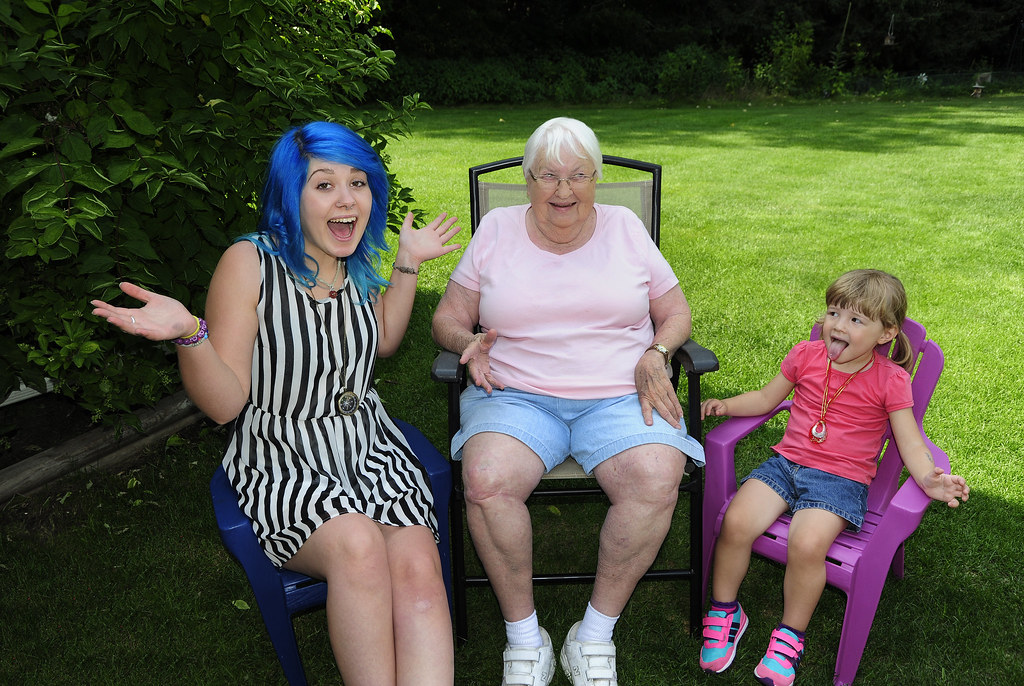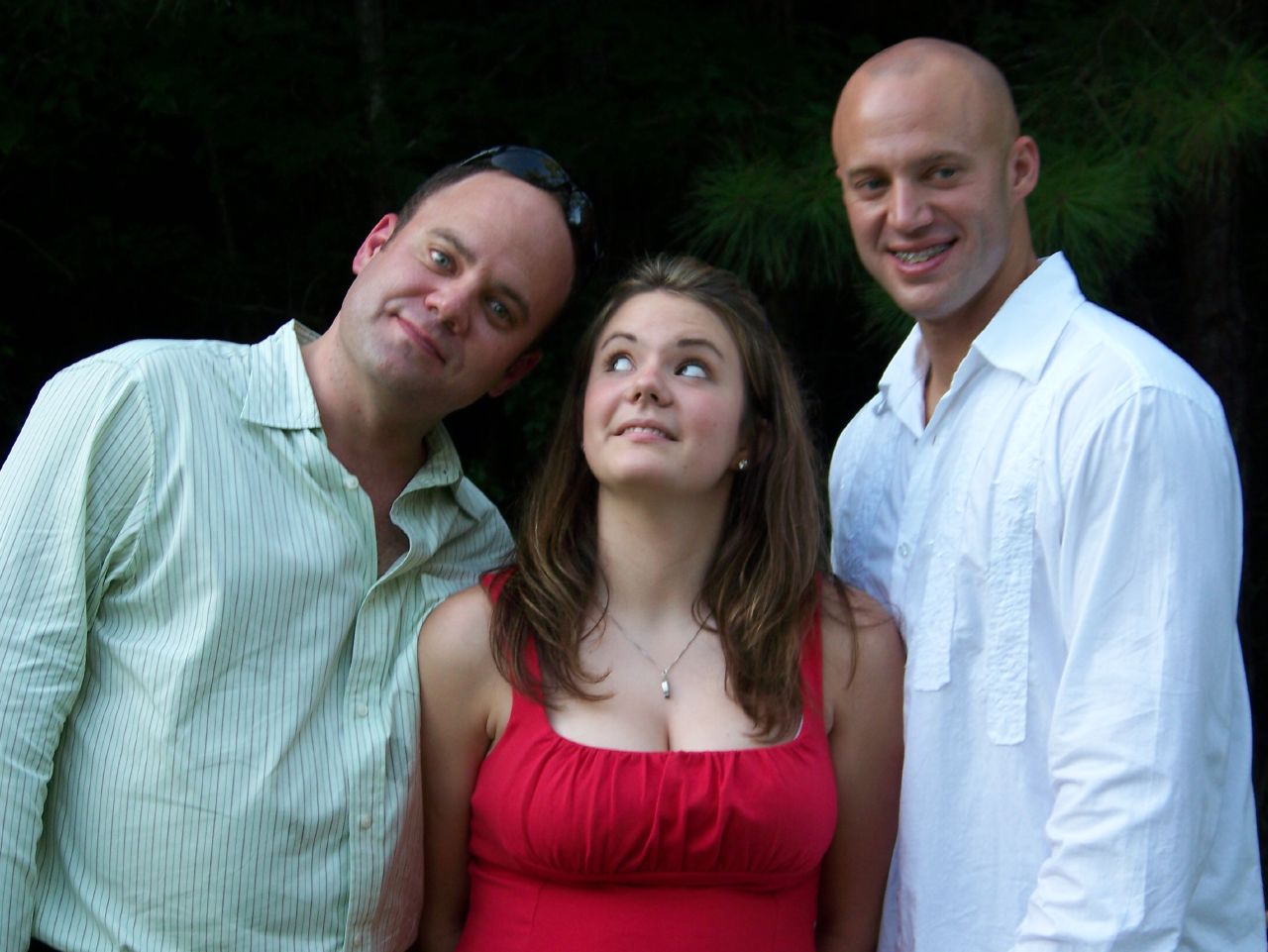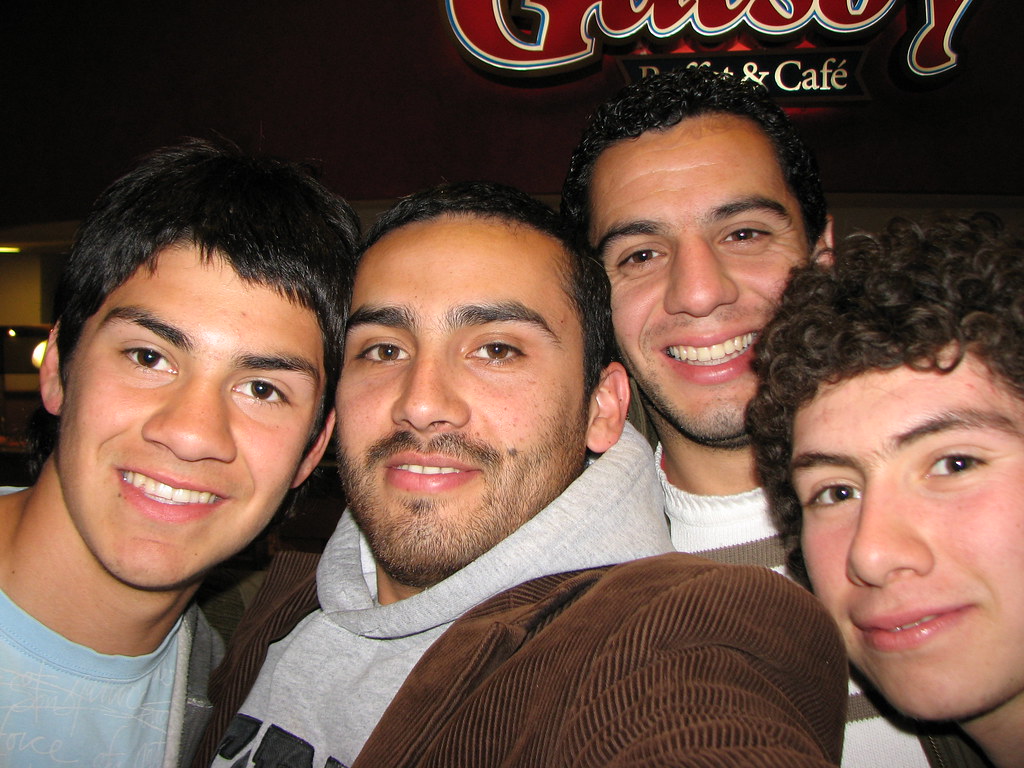5.1.4: Práctica - La familia
- Page ID
- 262570
\( \newcommand{\vecs}[1]{\overset { \scriptstyle \rightharpoonup} {\mathbf{#1}} } \)
\( \newcommand{\vecd}[1]{\overset{-\!-\!\rightharpoonup}{\vphantom{a}\smash {#1}}} \)
\( \newcommand{\id}{\mathrm{id}}\) \( \newcommand{\Span}{\mathrm{span}}\)
( \newcommand{\kernel}{\mathrm{null}\,}\) \( \newcommand{\range}{\mathrm{range}\,}\)
\( \newcommand{\RealPart}{\mathrm{Re}}\) \( \newcommand{\ImaginaryPart}{\mathrm{Im}}\)
\( \newcommand{\Argument}{\mathrm{Arg}}\) \( \newcommand{\norm}[1]{\| #1 \|}\)
\( \newcommand{\inner}[2]{\langle #1, #2 \rangle}\)
\( \newcommand{\Span}{\mathrm{span}}\)
\( \newcommand{\id}{\mathrm{id}}\)
\( \newcommand{\Span}{\mathrm{span}}\)
\( \newcommand{\kernel}{\mathrm{null}\,}\)
\( \newcommand{\range}{\mathrm{range}\,}\)
\( \newcommand{\RealPart}{\mathrm{Re}}\)
\( \newcommand{\ImaginaryPart}{\mathrm{Im}}\)
\( \newcommand{\Argument}{\mathrm{Arg}}\)
\( \newcommand{\norm}[1]{\| #1 \|}\)
\( \newcommand{\inner}[2]{\langle #1, #2 \rangle}\)
\( \newcommand{\Span}{\mathrm{span}}\) \( \newcommand{\AA}{\unicode[.8,0]{x212B}}\)
\( \newcommand{\vectorA}[1]{\vec{#1}} % arrow\)
\( \newcommand{\vectorAt}[1]{\vec{\text{#1}}} % arrow\)
\( \newcommand{\vectorB}[1]{\overset { \scriptstyle \rightharpoonup} {\mathbf{#1}} } \)
\( \newcommand{\vectorC}[1]{\textbf{#1}} \)
\( \newcommand{\vectorD}[1]{\overrightarrow{#1}} \)
\( \newcommand{\vectorDt}[1]{\overrightarrow{\text{#1}}} \)
\( \newcommand{\vectE}[1]{\overset{-\!-\!\rightharpoonup}{\vphantom{a}\smash{\mathbf {#1}}}} \)
\( \newcommand{\vecs}[1]{\overset { \scriptstyle \rightharpoonup} {\mathbf{#1}} } \)
\( \newcommand{\vecd}[1]{\overset{-\!-\!\rightharpoonup}{\vphantom{a}\smash {#1}}} \)
\(\newcommand{\avec}{\mathbf a}\) \(\newcommand{\bvec}{\mathbf b}\) \(\newcommand{\cvec}{\mathbf c}\) \(\newcommand{\dvec}{\mathbf d}\) \(\newcommand{\dtil}{\widetilde{\mathbf d}}\) \(\newcommand{\evec}{\mathbf e}\) \(\newcommand{\fvec}{\mathbf f}\) \(\newcommand{\nvec}{\mathbf n}\) \(\newcommand{\pvec}{\mathbf p}\) \(\newcommand{\qvec}{\mathbf q}\) \(\newcommand{\svec}{\mathbf s}\) \(\newcommand{\tvec}{\mathbf t}\) \(\newcommand{\uvec}{\mathbf u}\) \(\newcommand{\vvec}{\mathbf v}\) \(\newcommand{\wvec}{\mathbf w}\) \(\newcommand{\xvec}{\mathbf x}\) \(\newcommand{\yvec}{\mathbf y}\) \(\newcommand{\zvec}{\mathbf z}\) \(\newcommand{\rvec}{\mathbf r}\) \(\newcommand{\mvec}{\mathbf m}\) \(\newcommand{\zerovec}{\mathbf 0}\) \(\newcommand{\onevec}{\mathbf 1}\) \(\newcommand{\real}{\mathbb R}\) \(\newcommand{\twovec}[2]{\left[\begin{array}{r}#1 \\ #2 \end{array}\right]}\) \(\newcommand{\ctwovec}[2]{\left[\begin{array}{c}#1 \\ #2 \end{array}\right]}\) \(\newcommand{\threevec}[3]{\left[\begin{array}{r}#1 \\ #2 \\ #3 \end{array}\right]}\) \(\newcommand{\cthreevec}[3]{\left[\begin{array}{c}#1 \\ #2 \\ #3 \end{array}\right]}\) \(\newcommand{\fourvec}[4]{\left[\begin{array}{r}#1 \\ #2 \\ #3 \\ #4 \end{array}\right]}\) \(\newcommand{\cfourvec}[4]{\left[\begin{array}{c}#1 \\ #2 \\ #3 \\ #4 \end{array}\right]}\) \(\newcommand{\fivevec}[5]{\left[\begin{array}{r}#1 \\ #2 \\ #3 \\ #4 \\ #5 \\ \end{array}\right]}\) \(\newcommand{\cfivevec}[5]{\left[\begin{array}{c}#1 \\ #2 \\ #3 \\ #4 \\ #5 \\ \end{array}\right]}\) \(\newcommand{\mattwo}[4]{\left[\begin{array}{rr}#1 \amp #2 \\ #3 \amp #4 \\ \end{array}\right]}\) \(\newcommand{\laspan}[1]{\text{Span}\{#1\}}\) \(\newcommand{\bcal}{\cal B}\) \(\newcommand{\ccal}{\cal C}\) \(\newcommand{\scal}{\cal S}\) \(\newcommand{\wcal}{\cal W}\) \(\newcommand{\ecal}{\cal E}\) \(\newcommand{\coords}[2]{\left\{#1\right\}_{#2}}\) \(\newcommand{\gray}[1]{\color{gray}{#1}}\) \(\newcommand{\lgray}[1]{\color{lightgray}{#1}}\) \(\newcommand{\rank}{\operatorname{rank}}\) \(\newcommand{\row}{\text{Row}}\) \(\newcommand{\col}{\text{Col}}\) \(\renewcommand{\row}{\text{Row}}\) \(\newcommand{\nul}{\text{Nul}}\) \(\newcommand{\var}{\text{Var}}\) \(\newcommand{\corr}{\text{corr}}\) \(\newcommand{\len}[1]{\left|#1\right|}\) \(\newcommand{\bbar}{\overline{\bvec}}\) \(\newcommand{\bhat}{\widehat{\bvec}}\) \(\newcommand{\bperp}{\bvec^\perp}\) \(\newcommand{\xhat}{\widehat{\xvec}}\) \(\newcommand{\vhat}{\widehat{\vvec}}\) \(\newcommand{\uhat}{\widehat{\uvec}}\) \(\newcommand{\what}{\widehat{\wvec}}\) \(\newcommand{\Sighat}{\widehat{\Sigma}}\) \(\newcommand{\lt}{<}\) \(\newcommand{\gt}{>}\) \(\newcommand{\amp}{&}\) \(\definecolor{fillinmathshade}{gray}{0.9}\)- Identify familial relations and other relationships
- Use vocabulary related to family
Vocabulary
|
To speak about step family, use the suffix –astro/a:
|
For former partners, use “ex”
|
|
For half siblings, use the prefix medio/a:
|
For same sex couples, use the masculine plural for men and the feminine plural for women.
|
|
Pareja meaning “couple” and “partner” may be used by anyone. Jorge y Ana son una pareja. Lupe es mi pareja. |
Actividad 1
¿Es la palabra correcta? Read the sentences below that describe family relationships. Indicate correcto or incorrecto depending on the description. If the statement is incorrect, provide the appropriate family vocabulary to make it correct.
| ¿Correcto o incorrecto? | Correción | |
| 1. Mi marido es mi esposo. | __________________________________ | __________________________________________ |
| 2. Los hijos de mis tíos son mis primos. | __________________________________ | __________________________________________ |
| 3. La hija de mi hermano es mi hermana. | __________________________________ | __________________________________________ |
| 4. Mi mujer es mi abuela. | __________________________________ | __________________________________________ |
| 5. Los hijos de mis hijos son mis nietos. | __________________________________ | __________________________________________ |
| 6. El padre de mi espos@ es mi suegro. | __________________________________ | __________________________________________ |
| 7. El hijo de mi hermana es mi cuñado. | __________________________________ | __________________________________________ |
| 8. La esposa de mi hijo es mi hija. | __________________________________ | __________________________________________ |
| 9. Las hermanas de mi madre son mis tías. | __________________________________ | __________________________________________ |
| 10. Los padres de mis padres son mis abuelos. | __________________________________ | __________________________________________ |
Actividad 2
¿Qué ves? Make up relationships to describe the people you see in the photo. Use the verb ser for review.
Por ejemplo:

Ana y Jorge son esposos. Lupita es su hija.
1.  Lupe / Carlos / Viviana ___________________________________________ ___________________________________________ |
2.  Marcela / Gloria / Lucía ___________________________________________ ___________________________________________ |
3.  Rafael / Ines / Álvaro ___________________________________________ ___________________________________________ |
4.  Diego / Leonardo / Tomás / Elías ___________________________________________ ___________________________________________ |
Actividad 3
Preguntas personales. Watch the short video for an example of how to discuss family members and provide information about them. Then use the following questions below to discuss family members with a classmate. Take turns asking and answering questions. Use that information to draw a family tree of your partner's immediate family (questions 1-5). Show each other the trees you have drawn to see if you understood each other correctly.
| Mis respuestas | Las respuestas de mi compañero/a | |
| 1. ¿Cómo se llama tu mamá? | ||
| 2. ¿Cómo se llama tu papá? | ||
| 3. ¿Cuántos años tiene tu mamá? ¿Y tu papá? | ||
| 4. ¿Tienes hermanos o hermanas? ¿Cuántos? | ||
| 5. ¿Cómo se llaman tus abuelos? | ||
| 6. ¿Tienes muchos primos? ¿Cuántos? ¿Más de seis? | ||
| 7. ¿Tienes sobrinos? | ||
| 8. ¿Tienes mascotas? ¿Qué son, cómo se llaman, y cuántos años tienen? |

Contributors and Attributions
- 4.6: Family. Authored by: Erin Heubener. Provided by: LibreTexts. License: CC BY-NC-SA 4.0
- Remixed by Karen Le Cornet. License: CC BY: Attribution


